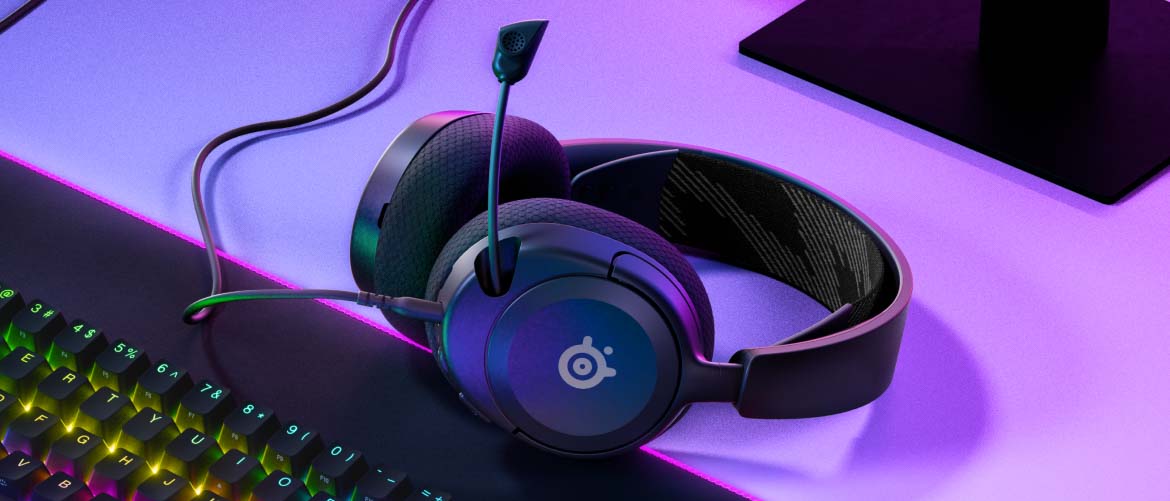Tom's Guide Verdict
The SteelSeries Arctis Nova 1 provides pretty good sound and a comfortable fit. However, at $60, it’s somewhat more expensive than most budget gaming headsets, and the 3.5 mm connectivity limits its utility with certain platforms. It’s worth considering for entry-level console gamers.
Pros
- +
Decent sound quality
- +
Sleek design
- +
Sensible controls
Cons
- -
Limited connectivity
- -
Inconsistent volume
- -
More expensive than it needs to be
Why you can trust Tom's Guide
Compatibility: PC, PS4, PS5, Xbox One, Xbox Series X/S, Switch (handheld)
Drivers: 40 mm
Frequency Response: 20 Hz – 22 kHz
Wireless: No
Weight: 8.3 ounces
Among Arctis Nova headsets, the SteelSeries Arctis Nova 1 is the least expensive one. It’s not “ dirt cheap,” exactly, either in terms of price or functionality. But it’s a somewhat tougher recommendation than the robust SteelSeries Arctis Nova 3, the versatile SteelSeries Arctis Nova 7 or the premium SteelSeries Arctis Nova Pro.
The $60 Arctis Nova 1 is essentially a replacement for the SteelSeries Arctis 3: a budget gaming headset that still employs the premium Arctis design. Like the Arctis 3, the Arctis Nova 1 is a wired model that connects exclusively via 3.5 mm audio jack. But such a device is a much tougher sell now than it was in 2017, especially when it costs $10 more than most of its closest competitors.
There’s more to like than dislike about the Nova 1. The sound quality is pretty good, the design is solid and the controls are intuitive. On the other hand, it’s not the best gaming headset you can get in this price range. Read on for our full SteelSeries Arctis Nova 1 review.
SteelSeries Arctis Nova 1 review: Design
If you’ve seen the rest of the recent Arctis Nova redesigns, then you should be familiar with how the SteelSeries Arctis Nova 1 looks. The device has a plain black plastic chassis, with foam earcups and a SteelSeries logo on each side. There’s an elastic headband with two different placement options, and you can also adjust the height of each earcup independently.
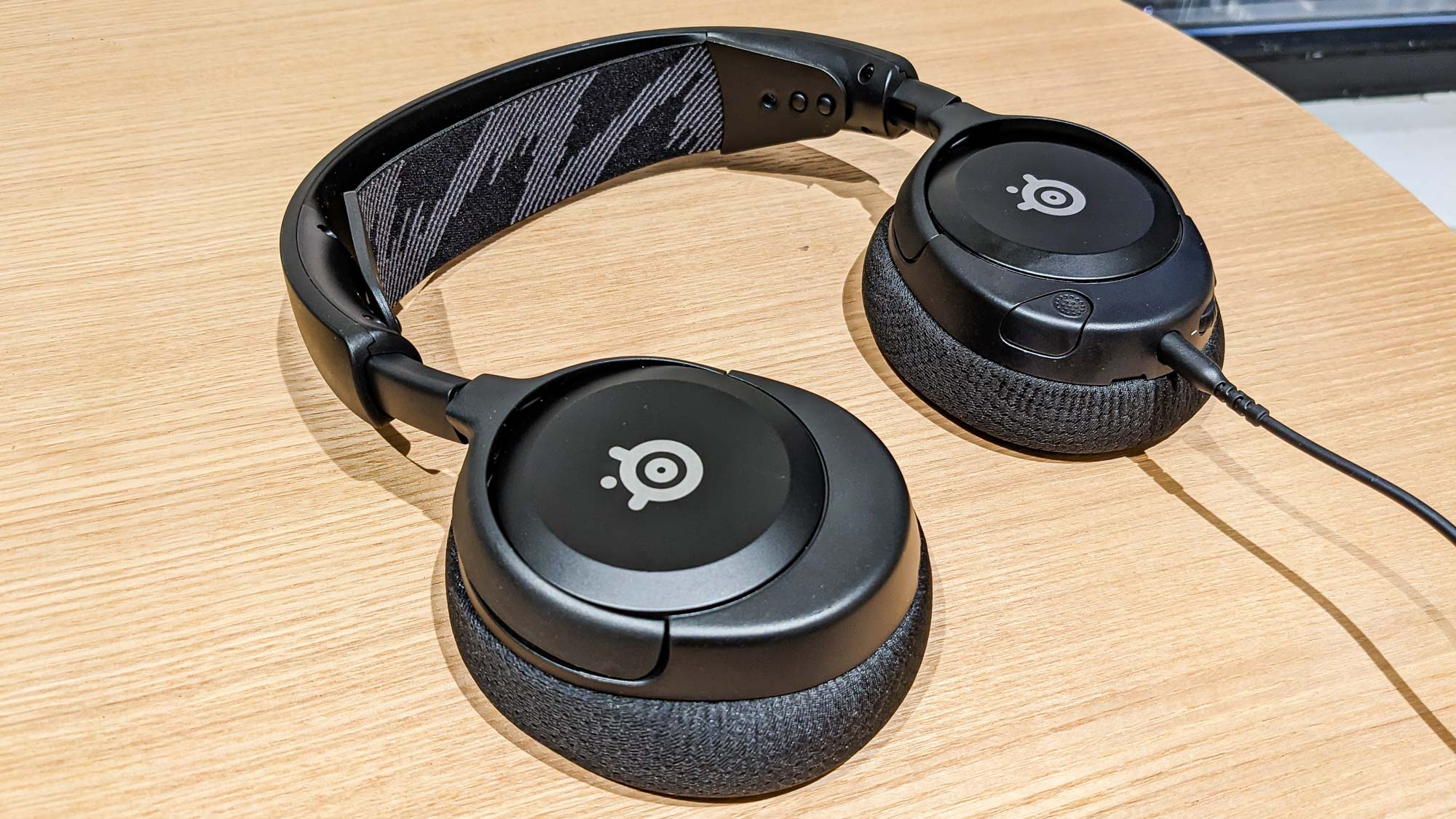
There aren’t many controls, but that means that the Nova 1 is incredibly easy to operate. On the left earcup, there’s a mic mute button, a volume dial, a 3.5 mm jack and a retractable microphone. There’s nothing on the right earcup. The headset attaches to most devices via a single 3.5 mm cord, but there’s also a splitter, in case you want to hook up the audio and mic feeds separately.
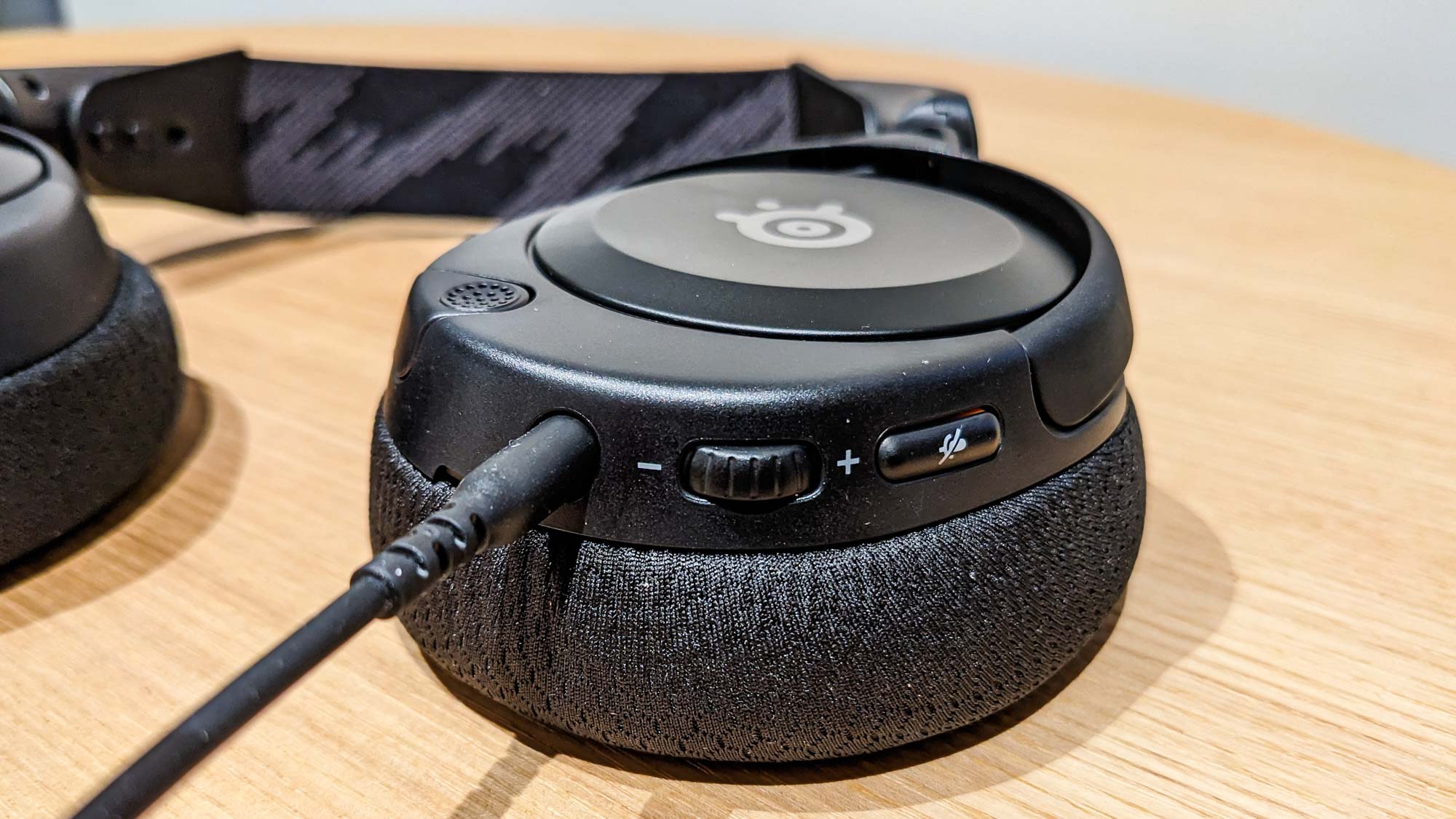
The Arctis Nova 1 is one of the more easygoing gaming headsets out there, with a low-key design and almost no extra features. It’s not pretty, exactly, but it’s refreshingly straightforward.
SteelSeries Arctis Nova 1 review: Comfort
Similar to the Nova 3, Nova 7 and Nova Pro, the SteelSeries Arctis Nova 1 is comfortable, but a little on the tight side. The earcups felt sufficiently plush, and didn’t squeeze my ears, even with glasses on. However, unlike the old Arctis models, the Arctis Nova headsets don’t use the elastic headband exclusively to get a good fit. You’ll also have to adjust the height of the earcups, which is an imprecise process due to the lack of numbers or notches.
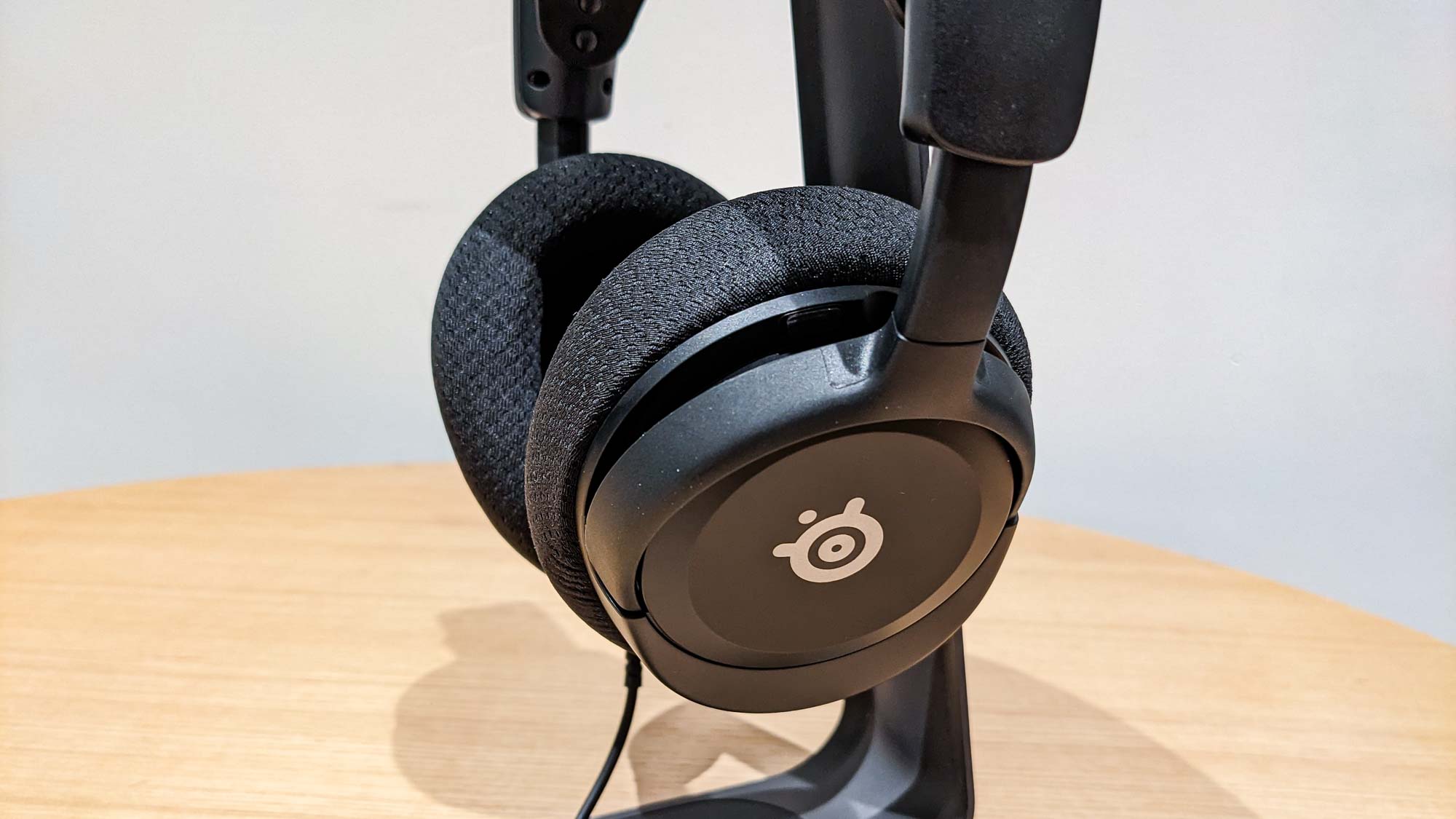
The Arctis Nova 1 is also somewhat tighter than I expected, although it never got into “painful” territory. I was able to wear the headset for hours on end, and never felt like I had to take them off. It’s possible that the device could loosen up over time — but hopefully not too much, since the elastic headband is an important part of the whole fitting process.
SteelSeries Arctis Nova 1 review: Performance
Since the SteelSeries Arctis Nova 1 has the same drivers as the Arctis Nova 3, the overall audio quality is similar. However, the Nova 3 benefits from a USB connection, which can take full advantage of the SteelSeries Engine software to produce better sound quality on PC. As such, the Arctis Nova 1 sounds good, but not great.
I tested the device on a variety of consoles, including the PC, PS5, Xbox Series X and Nintendo Switch. Generally speaking, PC performance was stronger than on consoles — which is ironic, considering that a 3.5 mm headset with a relatively short cord is better-suited to console controllers than to PCs.
When testing Assassin’s Creed Valhalla, Pentiment and Mario + Rabbids: Sparks of Hope, I noticed that the headset didn’t do a great job of balancing volume among music, sound effects and voicework. The sound effects were often too prominent, while the music was too subdued. I had to fiddle with both the console volume and the headset volume for a while before I found the right balance, and even then, the soundscape was far too insistent on treble and voices.
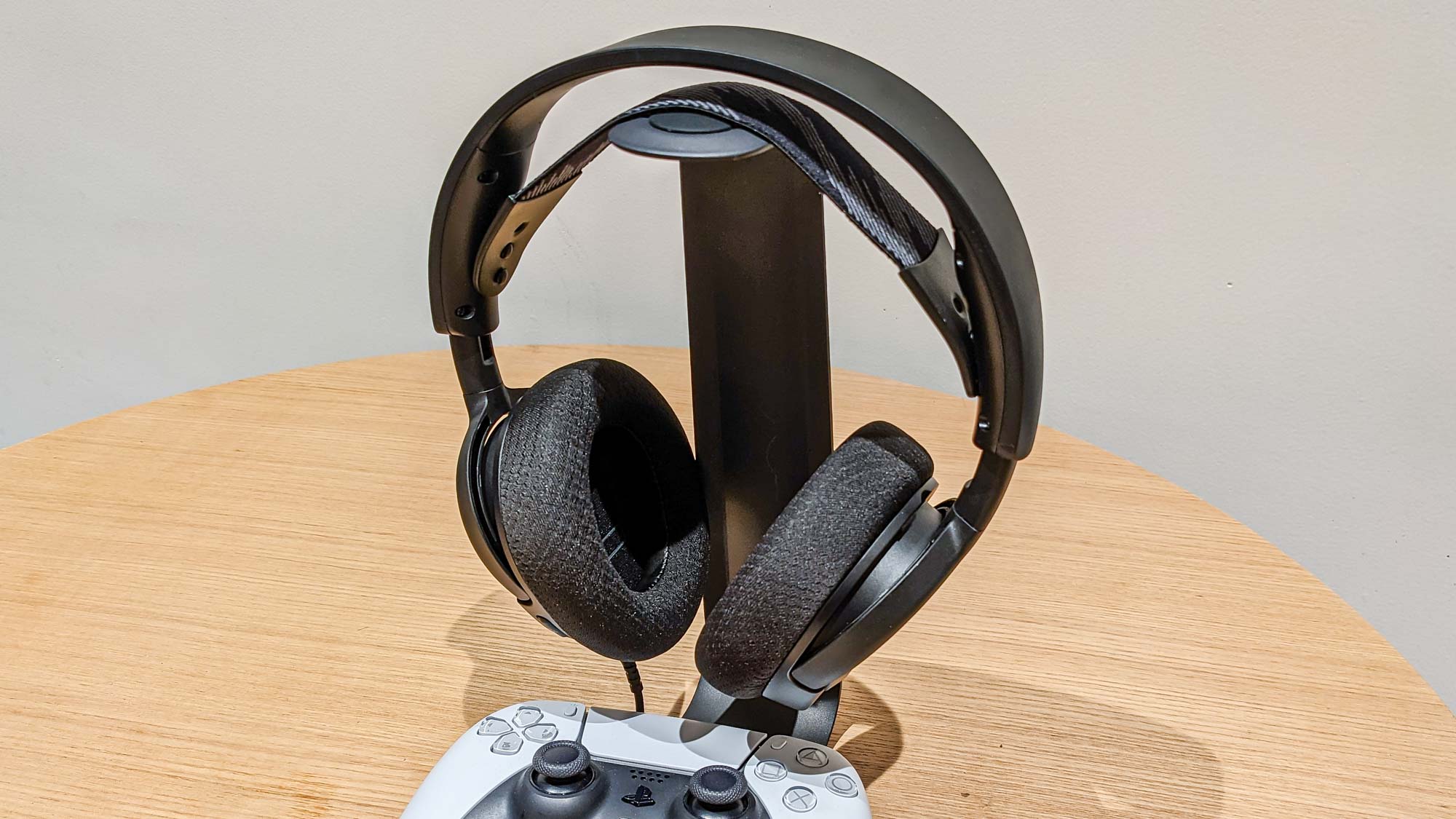
For whatever reason, the headset did much better on PC, where it provided a balanced (if not exactly nuanced) soundscape for games such as Doom Eternal and Final Fantasy XIV. The directional sound in Doom Eternal worked especially well, alerting me to where enemies might be, even when I couldn’t see them. The overall experience was more workmanlike than rich, however.
Some of the Nova 1’s aural drawbacks probably stem from the fact that there’s almost no bass. While listening to music from Flogging Molly, Old Crow Medicine Show, The Rolling Stones and G.F. Handel, the bass parts were almost inaudible. (The vocals and treble instruments did sound pretty good, to be fair.) If you’re not too picky about how your music sounds the Arctis Nova 1 might work as an everyday music headset, but it’s definitely a gaming peripheral first and foremost.
SteelSeries Arctis Nova 1 review: Features
Without a USB connection, the Arctis Nova 1 doesn’t have full access to the SteelSeries Engine software. You can still use the interesting SteelSeries Sonar protocol, which optimizes soundscapes for certain games, and offers surround sound options. But that obviously doesn’t work on consoles, and I’ve found Sonar to be either useful or distracting, depending on the title.
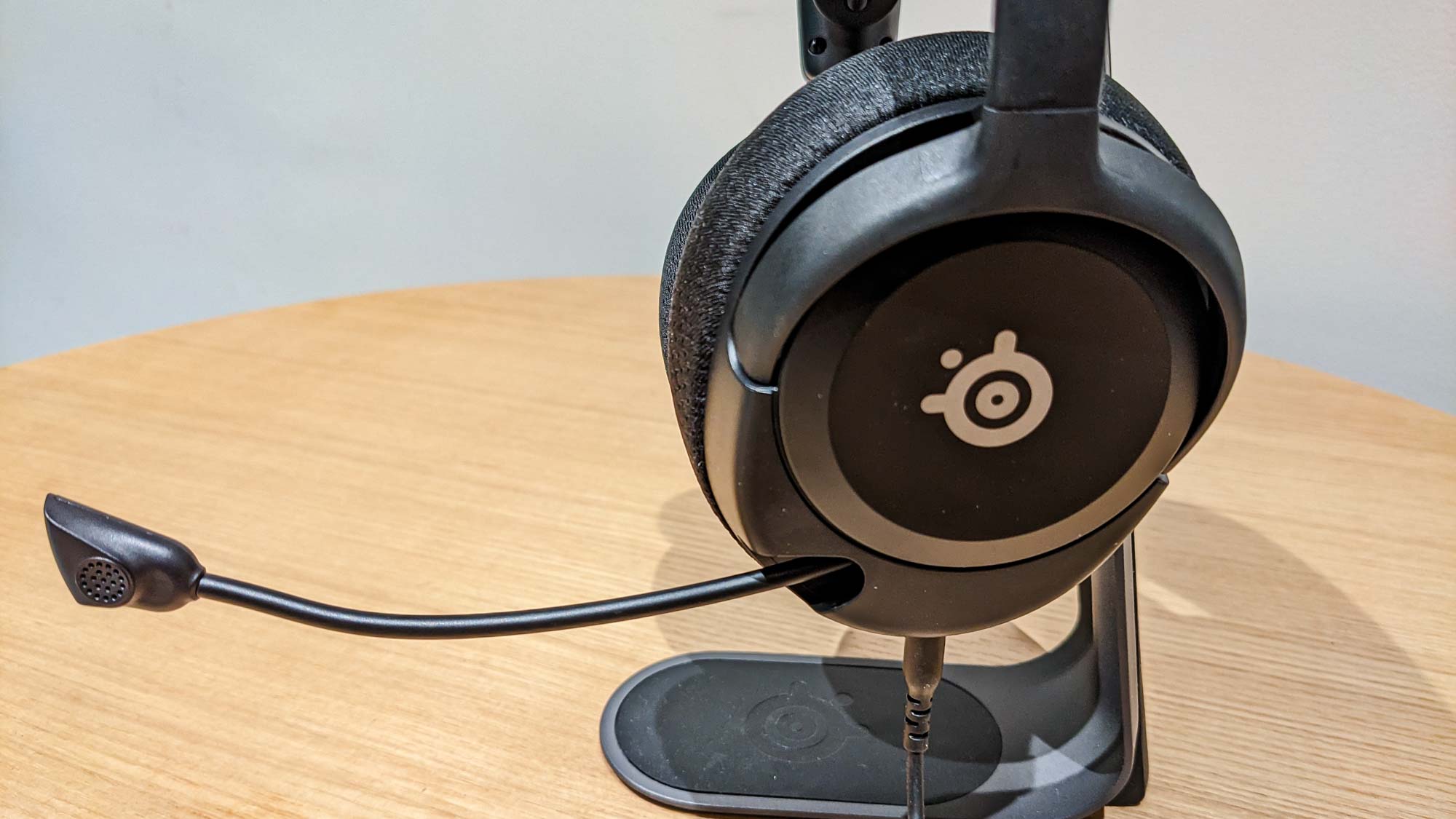
Because the Nova 1 connects only via 3.5 mm audio jack, it’s both more and less versatile than it could be. You can connect the device to a PS4, PS5, Xbox One or Xbox Series X/S controller easily, and the cord should be long enough for most desktop and laptop setups. On the other hand, there’s no way to connect it to mobile devices without a headphone jack. Similarly, you can hook it up to a handheld Switch, but not a docked one.
A 3.5 mm-only gaming headset still has a lot to offer. Just be aware that it won’t work with every gaming system — and depending on your setup, you might be better off with a USB or wireless model.
SteelSeries Arctis Nova 1 review: Verdict
The SteelSeries Arctis Nova 1 is a good gaming headset; it’s just not an impressive one. The audio quality is pretty good, the fit is pretty comfortable and the connectivity is pretty versatile. At the same time, the HyperX Cloud Stinger 2 is a better device, and $10 cheaper, to boot. The Arctis Nova 1 doesn’t have any night-and-day advantages over the Razer Kraken X, or a handful of other budget headsets from major manufacturers.
Due to its Arctis Nova design, the Nova 1 does have a much more premium look than many other gaming headsets in its price range. That, along with its general competence, merits a serious look if you’re a gamer in the market for an entry-level headset. But it doesn’t have any distinct advantages over a fairly wide range of competitors.
Marshall Honorof is a senior editor for Tom's Guide, overseeing the site's coverage of gaming hardware and software. He comes from a science writing background, having studied paleomammalogy, biological anthropology, and the history of science and technology. After hours, you can find him practicing taekwondo or doing deep dives on classic sci-fi.
